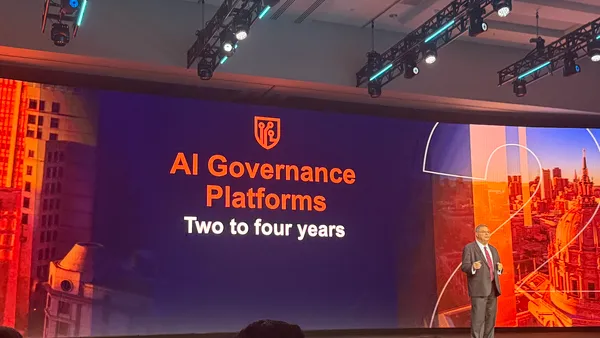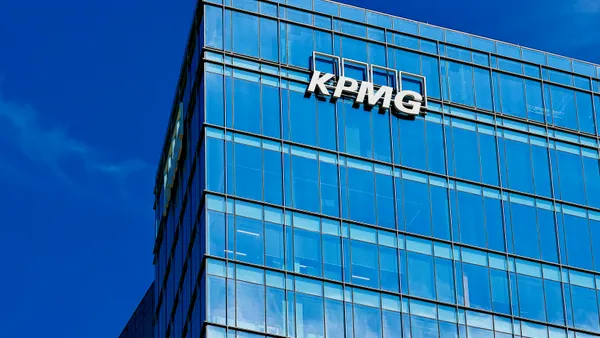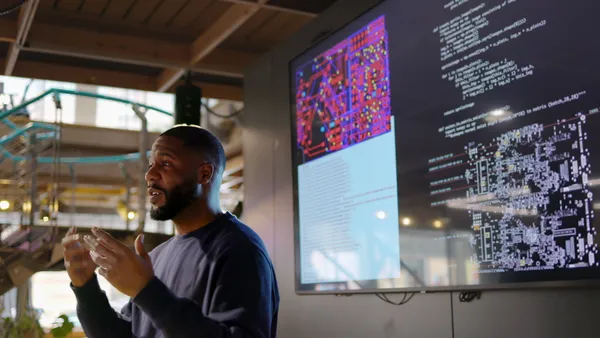It was the last week of August 2017 when CIO Michael Smith attended his first executive leadership team and caught wind of what the Estée Lauder Breast Cancer Campaign had underway for Breast Cancer Awareness Month.
New to Estée Lauder Companies,"I had just recently lost someone very close; My mother's best friend, who I had known my entire life, had lost her battle with cancer," said Smith, speaking on an online panel hosted by Info-Tech Research Group Thursday. "She wasn't the first. It was many family members over the years that I've lost."
Looking for a way to contribute to the company's broader effort, Smith asked the IT team to wear pink, and post on social media on the second Thursday in October. For every post, Smith pledged a donation for cancer research. Tech Day of Pink was born.
There's a business upside of banding IT teams together for the common good. For Smith, Tech Day of Pink is a chance to remove internal boundaries within teams while giving company culture a boost and assisting the advancement of breast cancer research.
This year, the tradition evolved, and the Tech Day of Pink will include a two-week global hackathon aimed at prototyping technology solutions that promote awareness of breast cancer. The event, which kicks off Sept. 24, will expand the initiative beyond Estée Lauder's IT organization and seeks to rally participation from the global IT community.
"This has been a fantastic opportunity to create purpose for a team," said Smith. "To unite a team, to help build the culture that we want to see in our teams."
Impact on culture
The conglomerate — which comprises brands such as Tom Ford and Clinique — is leaning on e-commerce to overcome the effects of the pandemic. Last month, the company announced a two-year "Business Acceleration Program" to reduce physical stores in favor of online commerce.
By the end of the process, the company aims to shutter 10% to 15% of its global standalone retail stores, Retail Dive reports. The company reported net sales of $14.3 billion in its 2020 fiscal year, a 4% year-over-year contraction.
"In the face of COVID[-19], our brick and mortar was shut down around the world," said Smith. But impact-focused initiatives such as producing hand sanitizer and a relief fund for employees experiencing financial hardship, continued unfettered.
When managing company culture, the concept of purpose can determine the right fit between employee and company. In social impact especially, employees seek workplaces that allow them to transcend a series of daily tasks. For business, it can mean advantages in innovation.
"I often talk about the culture of joy," said Smith. "It's really this sense of well-being and a sense of achievement. When you have those two things, that's when you can be innovative, that's where you can be creative, that's when people can take risks."
Time investment
Organizations weathering the pandemic expect more out of IT, and expect to get results with smaller budgets. It can be a challenge for leaders to find bandwidth for social impact undertakings.
"When you need to carve out that time, I think you have to view it as an investment," Smith said.
Internal innovation sprints, like hackathons or other culture building exercises, can foster connections between team members that don't often have a chance to work together. It's also an opportunity to break free from routine and make employees think outside normal parameters.
Team building exercises with purposeful intent can also help stave off burnout, a critical area of focus as workers continue to adjust to long-term remote work and distributed operations.
"Some of this is about leadership, and about creating the kind of team culture that you want to drive to for a high-performing organization," said Smith.














